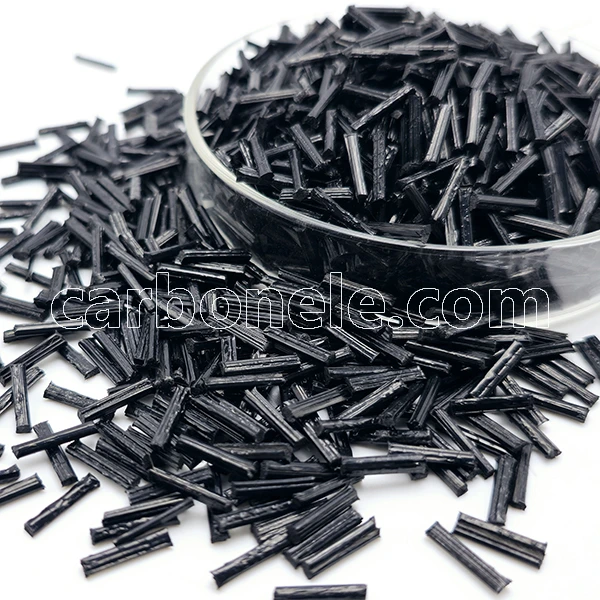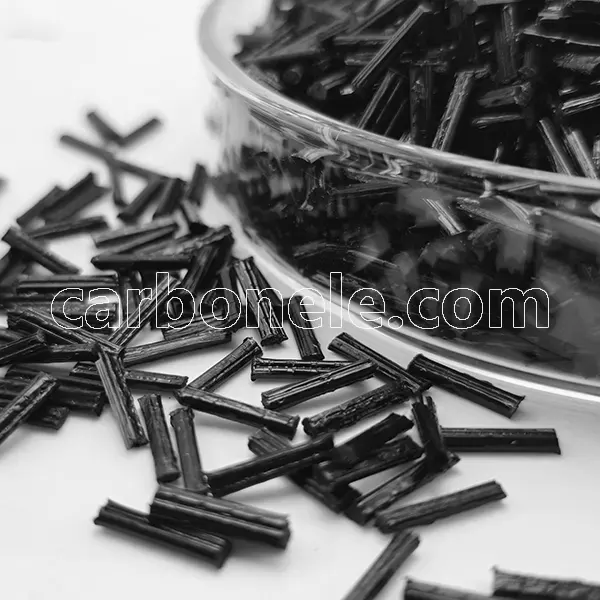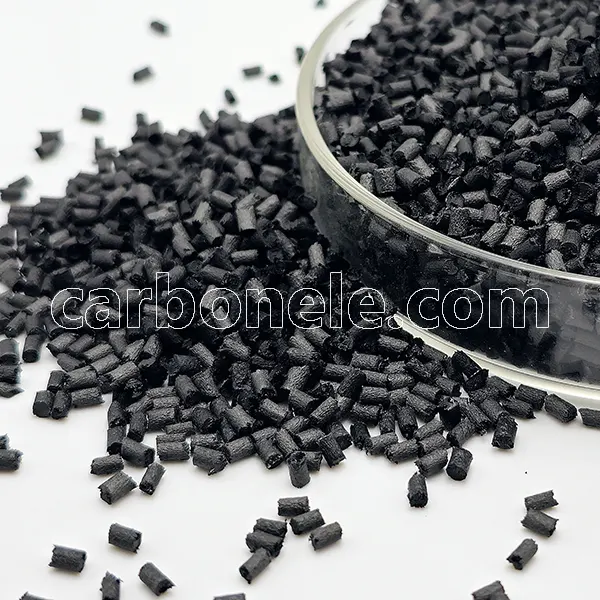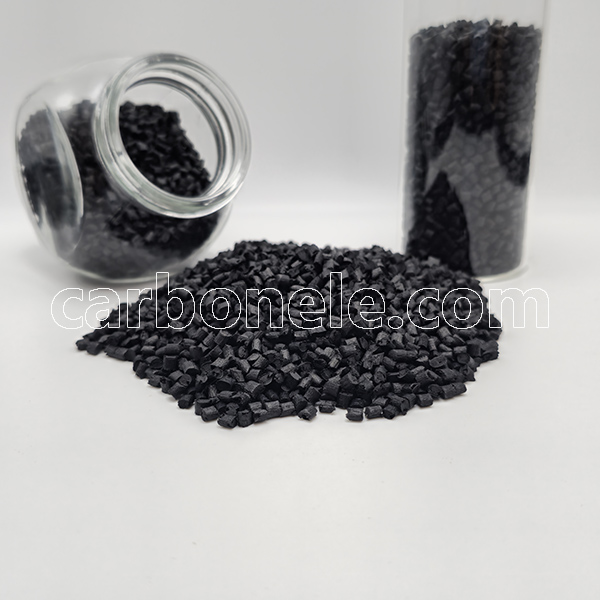
Do Lightweight Thermoplastics Have Good Thermal Stability And Chemical Resistance? - Carbon Fiber Compounds Manufacturer | Supplier
A fast growing problem with great influence on many different spheres is the usage of lightweight thermoplastics in the automotive industry. An further development of this usage comes in the form of the following, which may be used in the field:
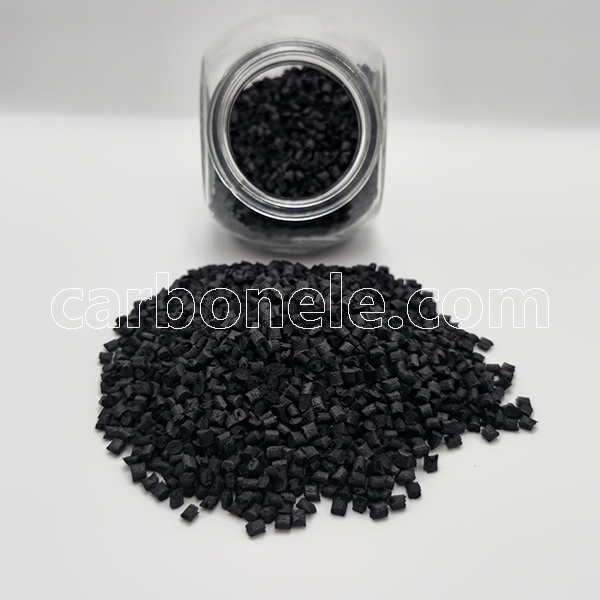
Lightweight thermoplastics
Technological innovations in the production of materials have allowed
The automotive sector is under a lot of pressure to create lightweight new thermoplastics that satisfy criteria that are becoming stricter in terms of performance. Not only are the thermoplastics under question lightweight, but they also offer remarkable strength and durability.
This function fits a great range of other ones.
Lightweight thermoplastics are so flexible that they may have a wide range of characteristics like temperature sensing, electrical conductivity, or self-healability. Using these features might help to improve the intelligence and performance of automotive components.
Manufacturing sector optimisation of the manufacturing process aiming at obtaining best outcomes
Manufacturing procedures are being improved to raise production efficiency and lower overhead costs by means of enhancements. This step is being done to satisfy the always rising demand in the automotive industry for lightweight thermoplastics. Using more current injection moulding technology, which allows one to create more complex component designs, would be one instance of this.
analysis of the consequences it has on the surroundings at close proximity
Research is under way today to find out how lightweight thermoplastics affect the environment across their complete life cycle. This covers the whole manufacturing process, material consumption, and final disposal or recycling of the material from the production process. The automobile industry is doing this all-encompassing research on behalf of itself.
Following legal criteria and guaranteeing adherence to recommended guidelines
Strong criteria apply to lightweight thermoplastics used in the automotive industry that must satisfy These criteria seek to safeguard the environment by means of safety assurance. These limitations might differ both between one nation and another as well as from one region to the next.
Management of General Administration and Supply Chain
To ensure that the materials they employ are of great quality and that the supply is continuous, vehicle makers definitely must have control over the supply chain of lightweight thermoplastics. For those who manufacture autos specifically, this is rather crucial.
Examination of the Expenses Related to the Particles in Issue
The long-term cost benefits the lightweight thermoplastics offer—especially the possible weight reduction and fuel economy savings—make them an economically feasible choice. The fact that lightweight thermoplastics might have a greater initial investment cost than other materials does not affect the reality that this is the case nonetheless.
The approbation of a consumer for the presented good
For a rising number of people, the performance of cars as well as their safety and impact on the environment are increasingly vital considerations. Using lightweight thermoplastics has to be able to satisfy the expectations set forth if we are to win over the general public.
Among the many facets of the economy, communication and cooperation
By means of many colleges working together, it is possible to simplify the evolution and use of lightweight thermoplastic technology. Examples of these kinds of companies include research institutes, government agencies, material suppliers, and car makers.
Two sides of the same coin are education and direction.
To help engineers and technicians better understand the properties of lightweight thermoplastics and the processing techniques accessible, the automotive sector has to provide education and training to them. The sector has this requirement. This is what is needed so the sector may fully profit from the benefits lightweight thermoplastics provide.
International Market Trends from Many Angues of View
Because lightweight thermoplastics have been used in so many different nations, their demand on the international market has grown and their application has shown a variety of trends and features in many different countries.
The Use of High-Performance Additives in Many Various Uses
Additives included into lightweight thermoplastics might help to greatly increase their chemical resistance and thermal stability. One approach that may be used to achieve this capacity is additive usage. When a product is subjected to high temperatures or sunshine, for instance, antioxidants and UV absorbers help to prevent its breakdown. Another instance would be the effect the material experiences from sunshine.
About how composite materials affect the effectiveness of reinforcing materials
To create composite materials, lightweight thermoplastics may be combined with other materials, including carbon fibre and glass fibre. Applications for composite materials are many and range from Thanks to their hybrid composition, these composite materials not only have better thermal stability and chemical resistance but also are light-weight. Apart from that, they are hardly hefty.
Research and testing on the material’s capacity to withstand high temperatures are in progress.
To ensure the dependability of lightweight thermoplastics in the application developed for them, certain tests focused on thermal stability must be carried out. This helps to guarantee that the application is tailored for them. These tests include thermogravimetric analysis, differential scanning calorimetry, and thermal cycling testing among other many kinds of analysis.
Within the indoor surroundings of the laboratory, the simulation of chemical resistance
Chemical resistance of lightweight thermoplastics is tested in laboratories as a simulation of the surroundings in which the thermoplastics would find use in the real world. One does this testing outside of the lab. This testing makes it possible to investigate the content in order to ascertain the durability of the material after many various chemical treatments.
The ability of materials to fit many situations
Lightweight thermoplastics have the possibility of reaching multifunctionality in the case of suitable design and modification. Among them are those of ability to self-heal, conductivity, and flame retardancy. Another one of its many advantages is their ability to withstand high temperatures and their resistance to chemicals.
Resources neither too expensive nor harmful to the natural surroundings
Furthermore important is investigating the sustainable and financial development of lightweight thermoplastics. This considers also the chemical resistance and thermal stability of these materials. These factors—including the cost of manufacturing, material energy efficiency, and possible recycling potential—are all taken into account. This factor also factors on the viability of recycling.
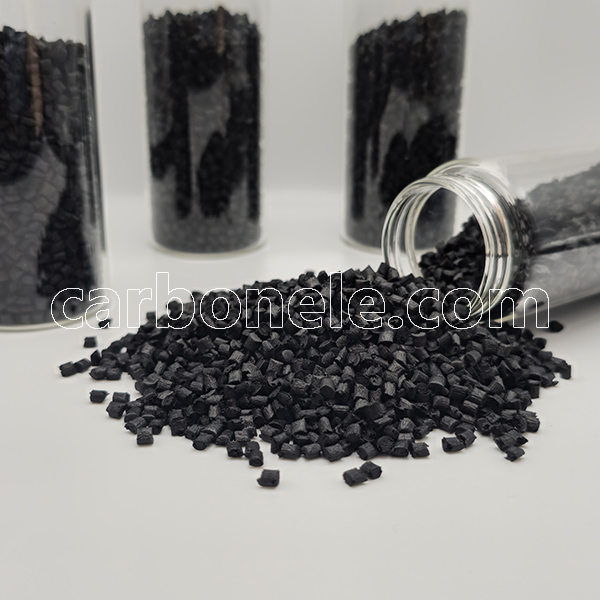
Good Performance PA66 LCF30 Composites
The use of lightweight thermoplastics in the automotive industry is a complex issue with many different facets including the science of materials, the technology of manufacture, the effect on the environment, and the dynamics of the market. The continuous development of technology and the increasing attention on environmentally friendly methods mean that these materials will surely be employed in the design and manufacturing of cars. Future events will keep the same in this regard.
Feature Product
-
PA12 LCF30 for Drone Fuselages & Wings
What do you know about PA12 LCF30? PA12 ...
-
Competitive Price PA6 LCF30 Composites
What’s it? PA6 LCF30, which stands...
-
ABS CF10 Compound ABS 10%CF Thermoplastic Compo...
What’s ABS CF10? ABS CF10 refers t...








